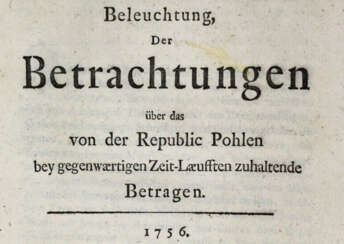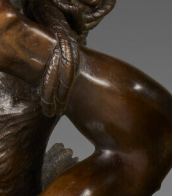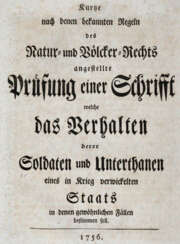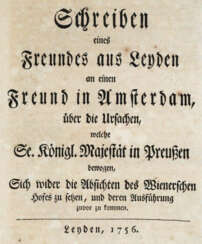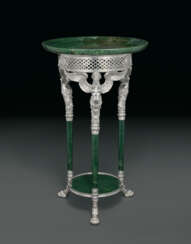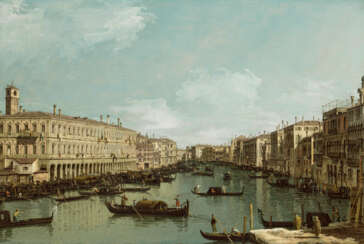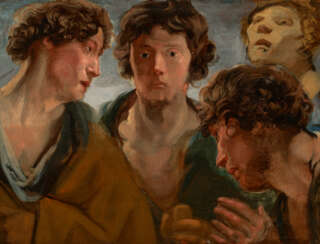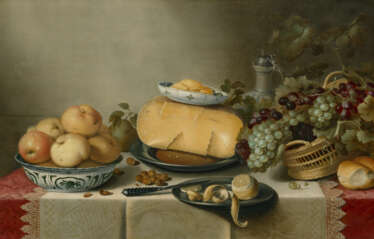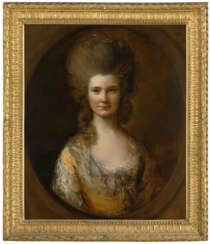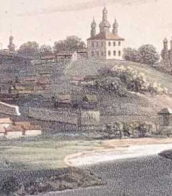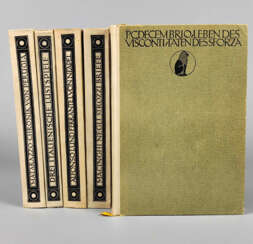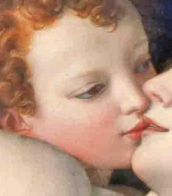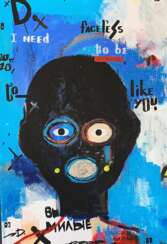anonymität

Lemuel Francis Abbott was an English portrait painter. His most famous work is the portrait of Nelson, exhibited at the residence of the British Prime Minister.
During his artistic life Abbott created many portraits of famous people of the 18th century - naval officers, literati, officials, ladies of the world. He was one of the first to portray golfers.

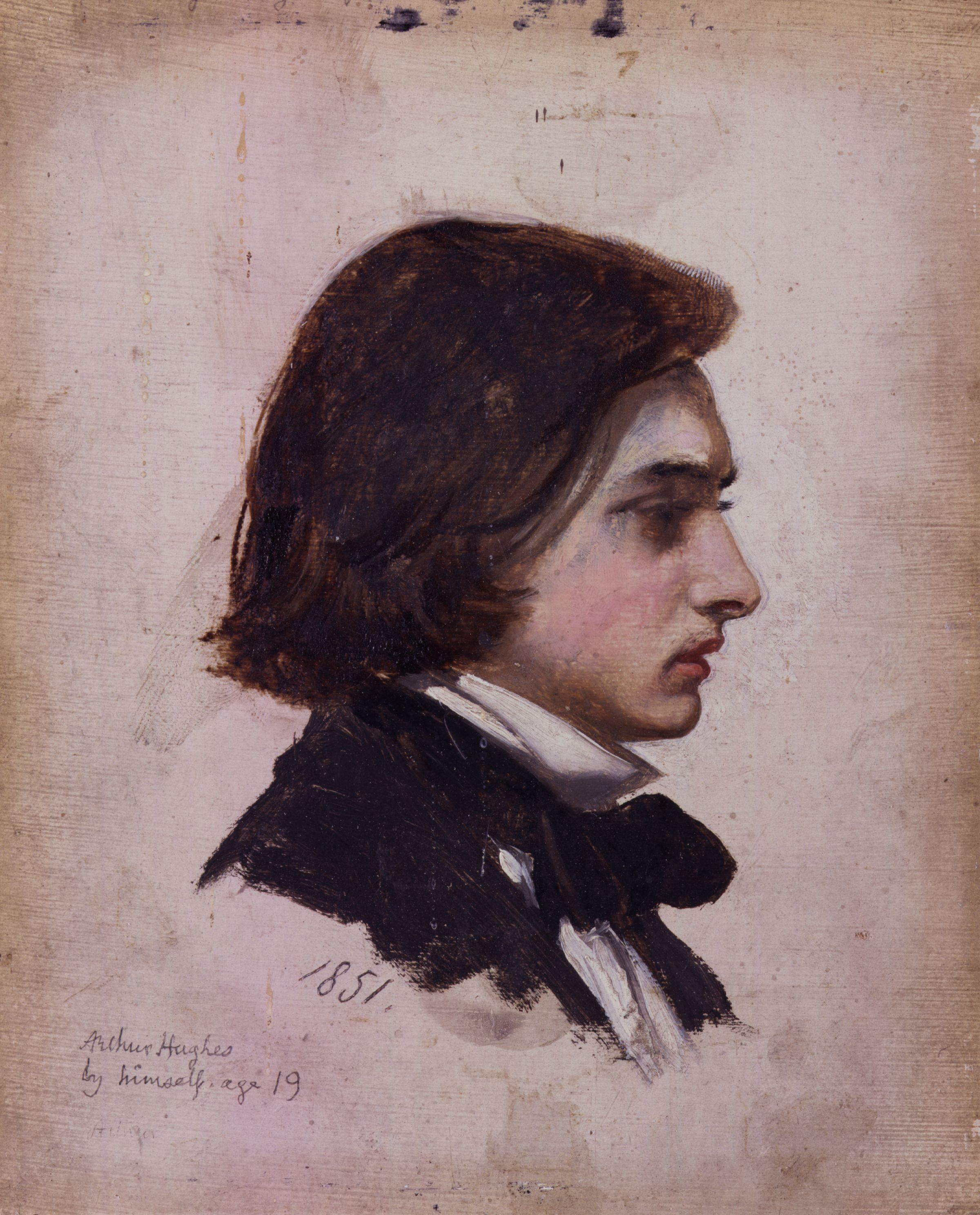
Arthur Hughes was an English painter and illustrator associated with the Pre-Raphaelite Brotherhood.

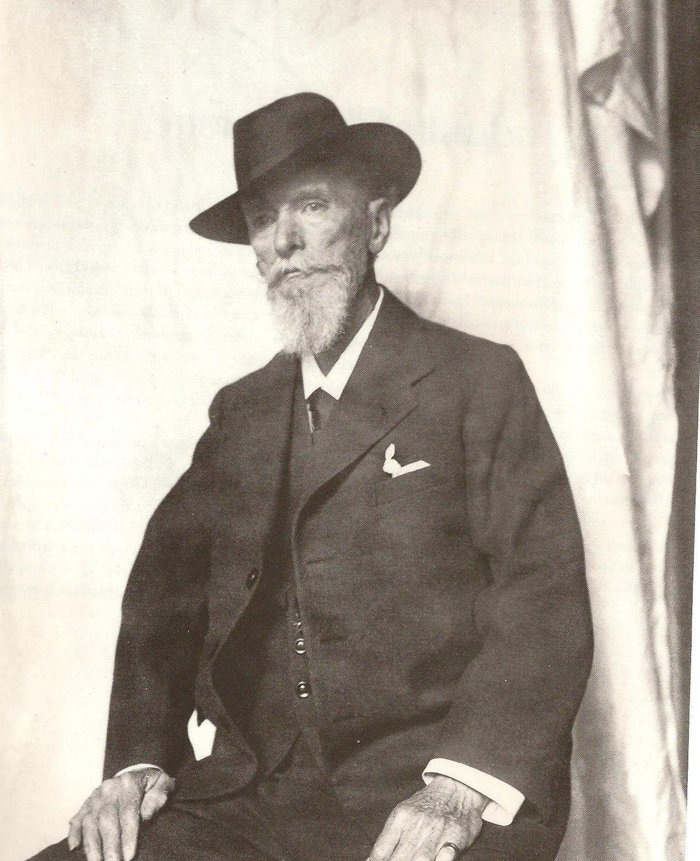
Carl Fabergé (Russian: Карл Гу́ставович Фаберже́) was a 19th- and 20th-century Russian jeweler, entrepreneur, and artist of German descent. He ran a family jewelry company for almost 50 years, which became world-famous for its products - Easter eggs made of precious metals, stones, and enamel.
Carl Fabergé met the Russian Emperor Alexander III at the All-Russian Exhibition in Moscow in 1882, which was a landmark event in the jeweler's career. The emperor ordered an Easter egg from the master for his wife, which the empress loved. From this moment on Fabergé, who became the jeweller to the Court, became responsible for the annual production of Easter eggs for the imperial court. Members of the imperial family also ordered jewelry from Fabergé for their many European relatives. This turned the Fabergé family company into one of the leaders of the world jewelry market.
Fabergé produced not only high-end jewelry products, but also items for the average buyer. In 2005, at Sotheby's in New York, several stone figurines were sold for $850,000 to $1,800,000.
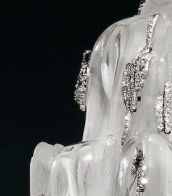

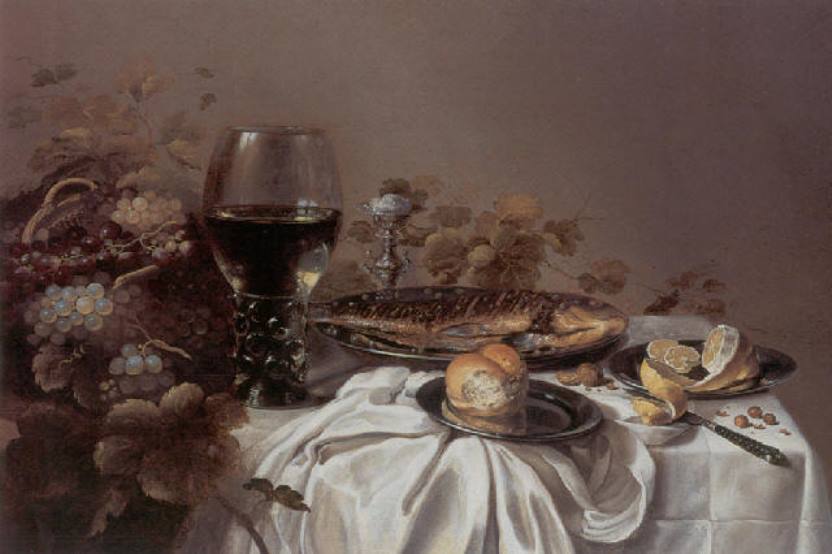
Roelof Koets I was a Dutch painter of the Golden Age of Dutch painting.
He was a member of the St. Luke's Guild in Haarlem, and his son was the painter Andries Koets. Roelof Koets was a master of still life with fish, utensils and fruit, most often bunches of grapes.
A little later, another artist with the same name, who painted portraits, lived and worked in Zwolle, Netherlands. To avoid confusion, he is called Roelof Koets II (1640-1725).










